Compression socks have become increasingly popular due to their multitude of health benefits. These specialized garments are designed to apply pressure to the legs, which helps improve blood flow and reduce swelling. However, a critical question frequently arises: how tight should compression socks be?
Finding the right compression level is essential to ensure maximum effectiveness and comfort. In this guide, will delve into the intricacies of compression sock tightness, providing a comprehensive understanding of what constitutes an appropriate fit.
What Are Compression Socks?
Compression socks are designed to apply gentle pressure to the lower legs and feet and are typically made of elastic materials such as spandex, nylon, or Lycra. They gently squeeze the leg muscles and veins via graduated compression, improving circulation and helping return blood to the heart.
Leading physicians prescribe compression socks to combat common conditions like chronic pain, fatigue, or varicose veins.
Are Compression Socks Better Tight or Loose?
When choosing compression socks, it's important to find a balance between tightness and comfort. Though tighter socks may seem more effective, excessively tight socks can actually cause more harm than good. So, it's best to select a pair that provides the right amount of compression without being too tight.
Wearing excessively tight compression socks causes additional problems, whereas loose compression socks provide minimal benefits compared to regular socks, as they can not compress your legs. The ideal fit should strike a delicate balance between snugness and comfort, taking individual needs into consideration, such as medical conditions, physical activity levels, personal preferences, and specific ailments.
Healthcare professionals may recommend higher compression levels for severe venous insufficiency or deep vein thrombosis (DVT) to promote blood circulation and prevent complications; conversely, athletes or those requiring mobility may benefit from mild to moderate compression. It is important to experiment with different levels to find the most comfortable fit without sacrificing effectiveness.
Consulting a healthcare professional is also recommended to determine the appropriate level of tightness based on individual needs and conditions.
How Do You Know If Compression Socks Are Too Loose?
It's important to wear compression socks regularly, but if you experience persistent swelling or worsening conditions while wearing them, they may not be tight enough. Appropriately sized compression socks should fit snugly without causing excessive pressure or discomfort on your legs, ankles, feet, or toes.
It's important to pay attention to these indicators to determine if your current pair is too loose, as this will ensure you get the most out of your compression socks.
How To Tell If Compression Socks Are Too Tight
You Struggle Getting Them On
Compression socks are meant to fit snugly, but if you regularly struggle to put them on, that may be a sign they’re too tight. If that's the case for you, it might be time to consider a different size or lower level of compression; consult with a healthcare professional to ensure you get exactly what you need.
Be sure to take your time putting on your compression socks by aligning them correctly without yanking or stretching the fabric. Remember that finding the right level of tightness is crucial for these stockings to provide the support you need, so take your time while shopping.
There’s A Ring Around Your Ankle
Compression socks apply pressure to your legs, but if they are too tight, they can cause discomfort and circulatory issues in the ankle area, which is often seen as a ring. This ring-like indentation can be caused by socks that are too narrow or lack adequate flexibility or stretching.
Tight compression socks can impede circulation, leading to swelling, numbness, tingling sensations, or pain. It's important to note that some snugness is expected, but a pronounced and uncomfortable indentation means you may need a different pair.
Your Skin Starts Changing Colors
If you see noticeable changes in your skin color, it could mean that your compression socks are too tight. While compression socks are meant to enhance blood circulation, excessive pressure can hinder blood flow and oxygen supply to the tissues, leading the skin to turn pale, white, bluish, or even purple.
It's crucial you pay attention to any abnormal shifts in skin color while wearing compression socks, as everyone's skin reacts to pressure differently. Some people may experience obvious changes in color quickly, while others may only notice subtle discoloration after wearing tight compression socks for extended periods of time.
If you observe any changes in the color of your skin, remove your compression socks and consult your doctor for further advice.
How To Find The Right Level Of Compression For You
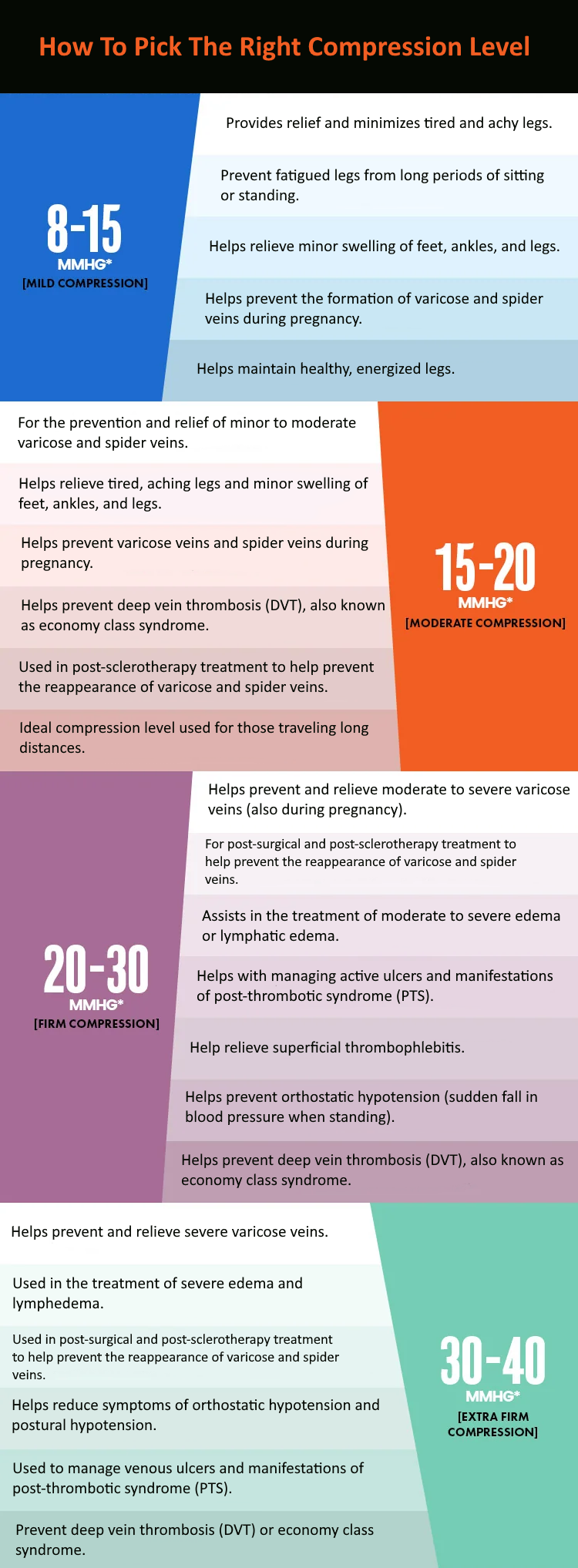
We recommend taking extra time to find a pair of compression socks that properly fit you and your needs. Compression socks typically come in 4 tiers of strength, measured in millimeters of mercury (mmHg):
- Mild compression: 8-15mmHg
- Moderate compression: 15-20 mmHg
- Firm compression: 20-30 mmHg
- Extra firm compression: 30-40 mmHg
Individuals looking to prevent minor fatigue, swelling, or discomfort should start looking at mild or moderate compression, 8-15 mmHg to 10-15 mmHg.
Those with varicose veins or milder forms of edema start seeing benefits around Moderate compression, 15-20 mmHg, so we recommend starting there.
For more advanced conditions like chronic venous insufficiency or deep vein thrombosis (DVT), 20-30 mmHg compression may be necessary, we heavily recommend talking to your doctor before making a decision.
Experimenting with different levels and styles can help you determine what feels most comfortable and practical for your specific needs. If you aren't sure which compression level is right for you, we recommend contacting your doctor for advice on your unique situation.
Conclusion: How Tight Should Compression Socks Be?
Compression socks are specialized garments that gently apply pressure to the legs, improving blood flow and reducing swelling. For maximum effectiveness and comfort, it's important to find the right level of tightness.
You'll know if your socks are too loose if you're dealing with persistent swelling even while wearing them, while indications of excessive tightness include struggling to put them on, indentations on your skin, and noticeable changes in skin color.
Frequently Asked Questions
Can You Sleep In Compression Socks?
We do not recommend sleeping in compression socks. Compression socks are specifically designed to improve blood flow while you are out and about, offering little to no medical benefits while you sleep. In some cases, they can even cause new problems or exaggerate symptoms they’re meant to remedy.
Should Diabetics Wear Compression Socks?
Compression socks can be incredibly beneficial for individuals with diabetes. They improve circulation, quell minor aches and pains, while even reducing or eliminating swelling. Leading to another common question: how do compression socks compare to diabetic socks?

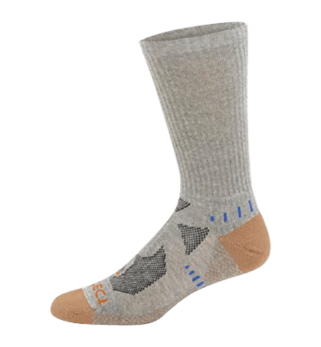
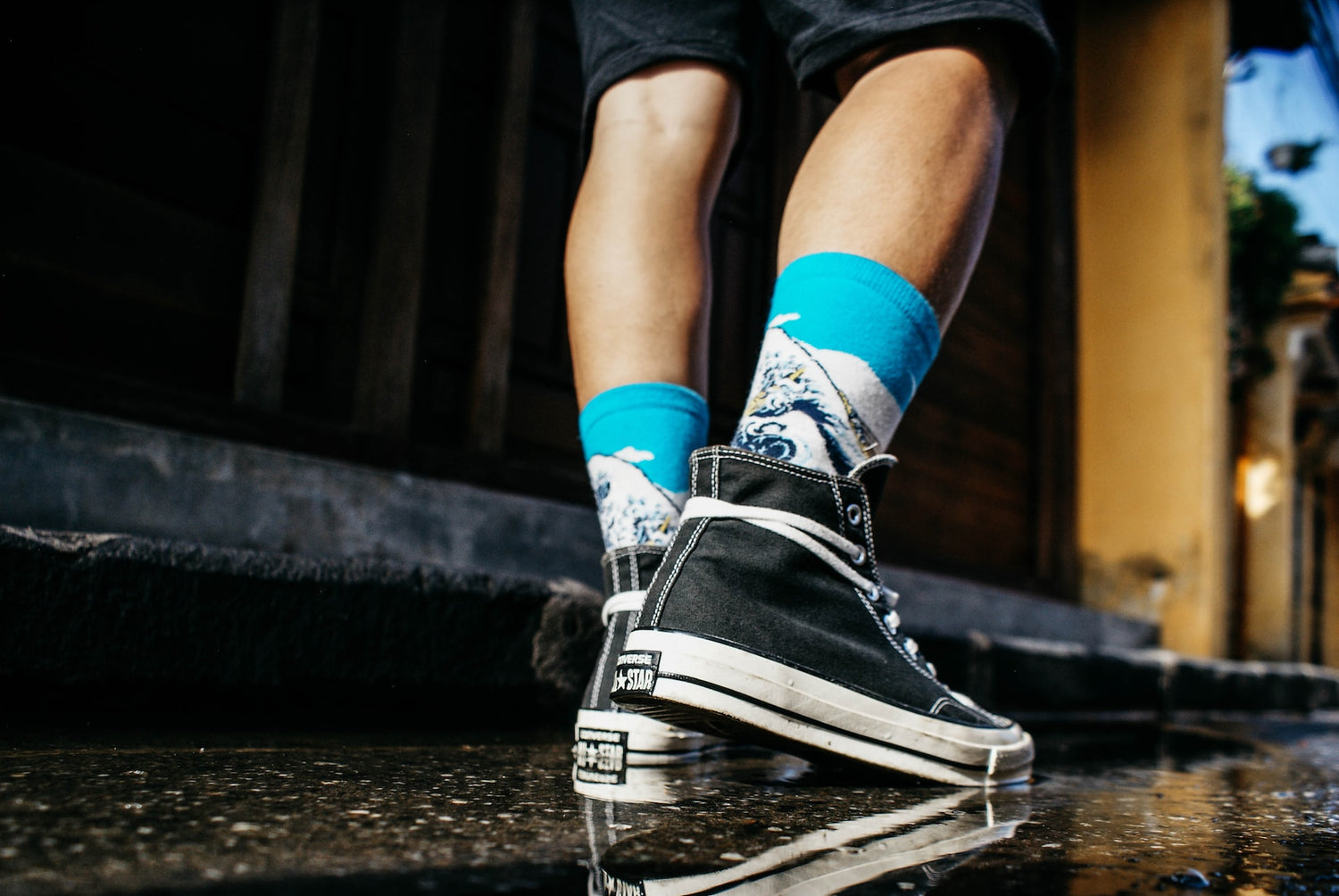

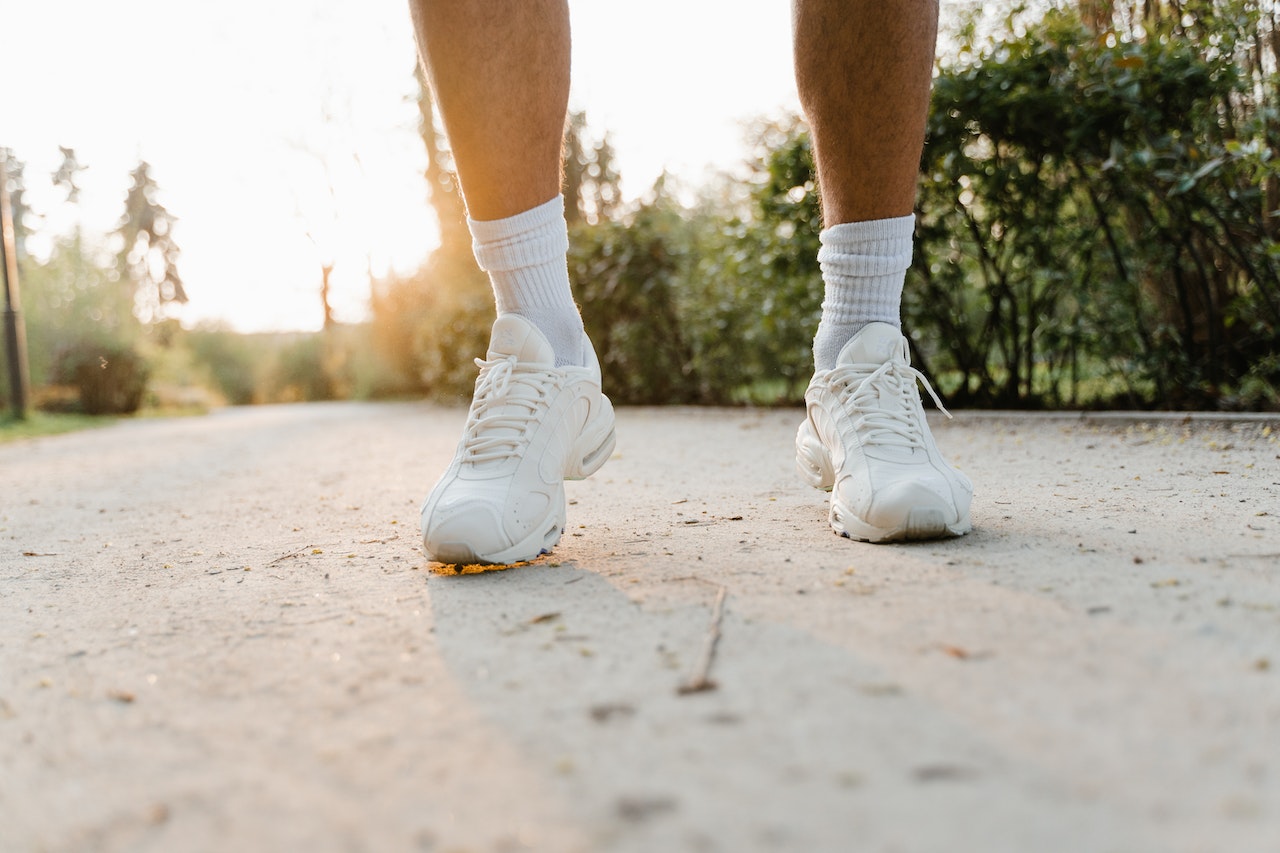
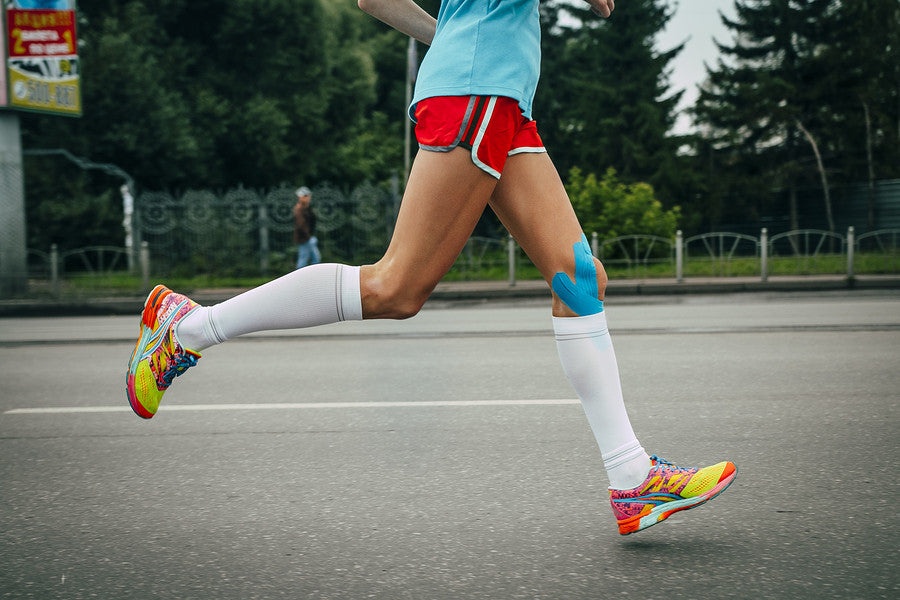

Leave a comment
This site is protected by hCaptcha and the hCaptcha Privacy Policy and Terms of Service apply.